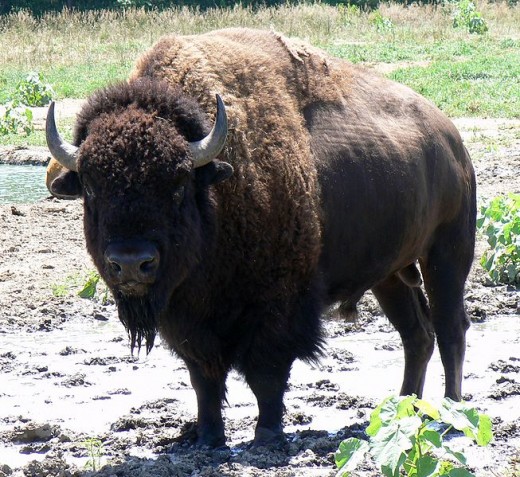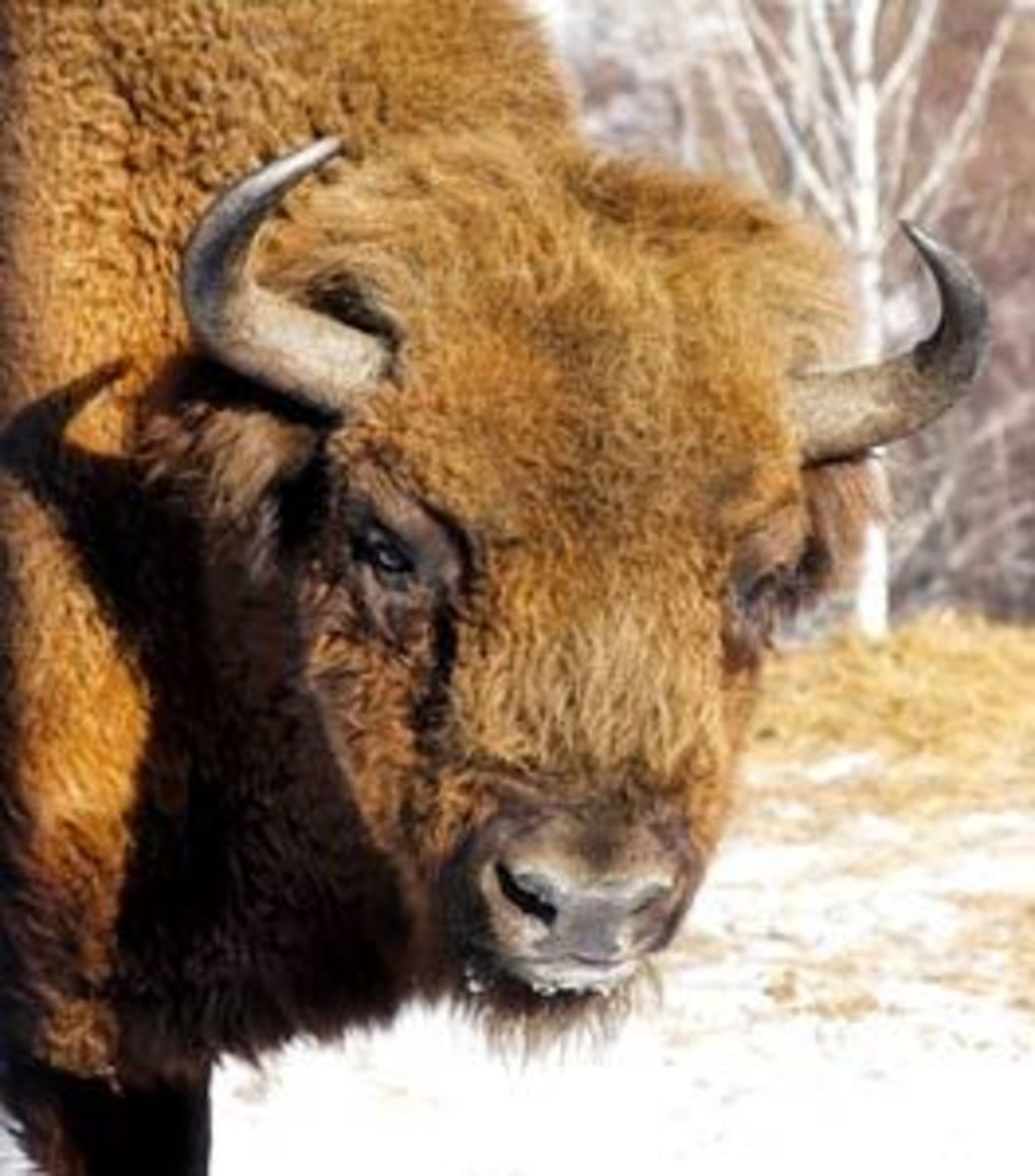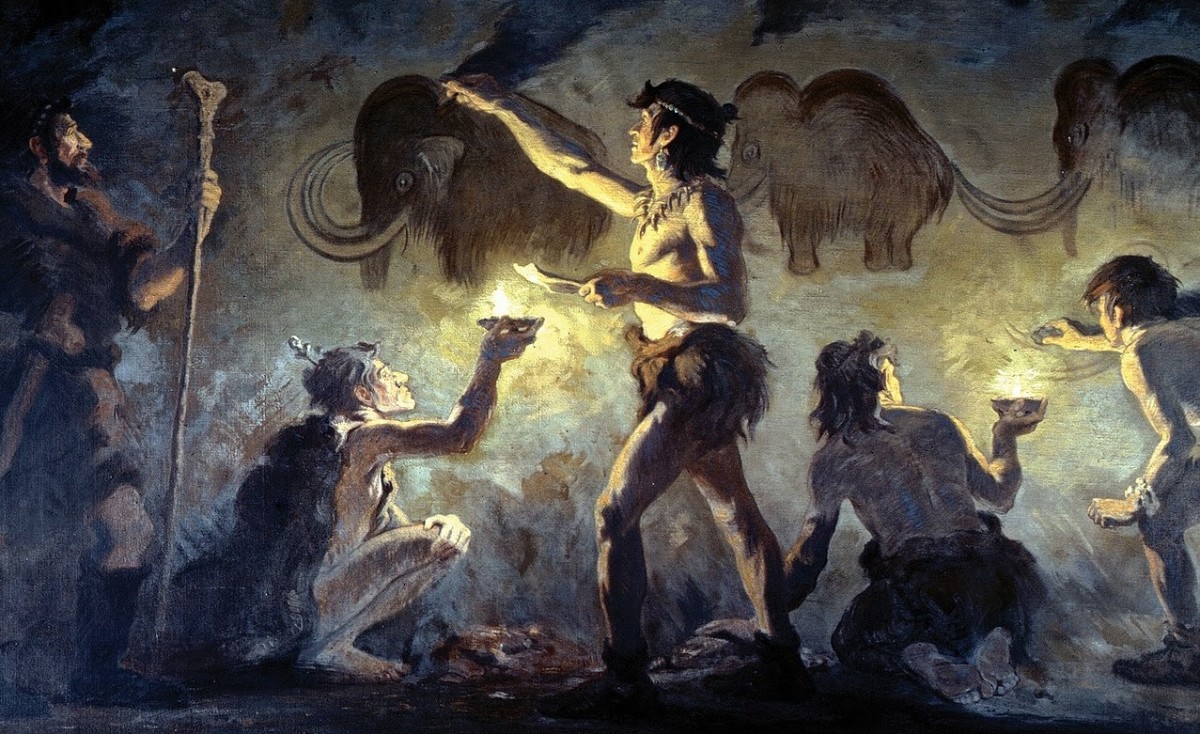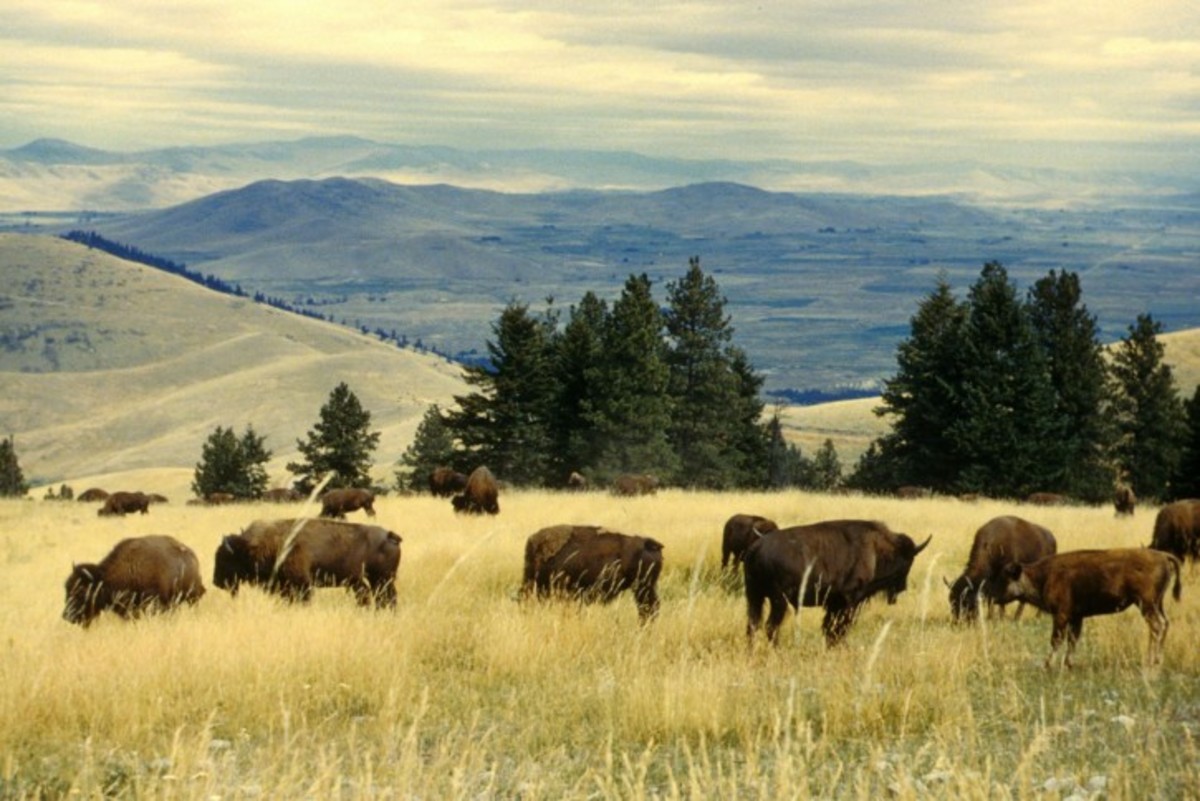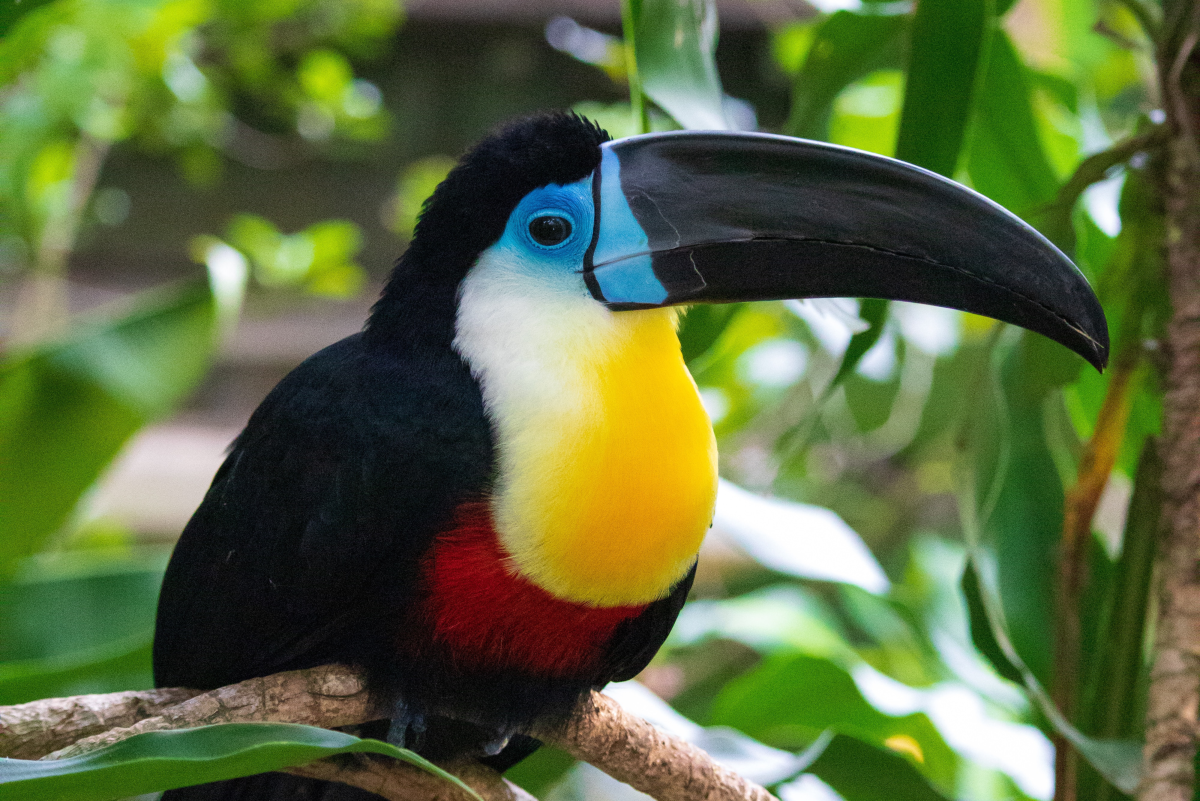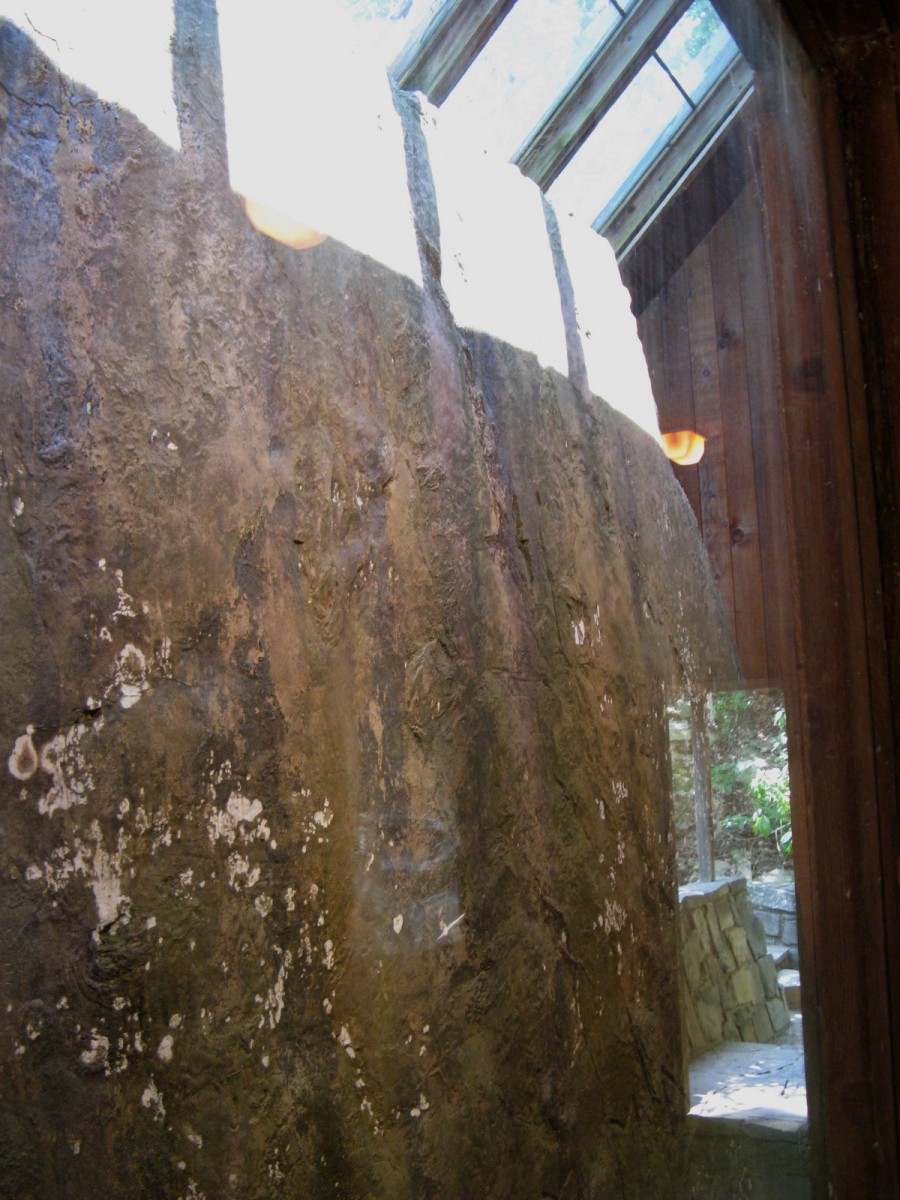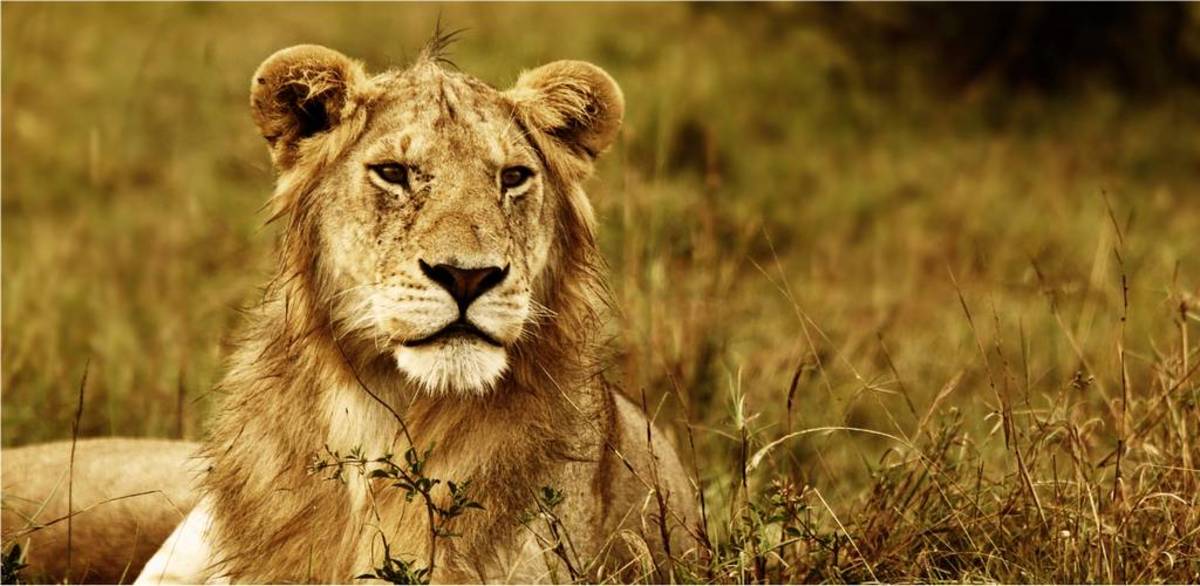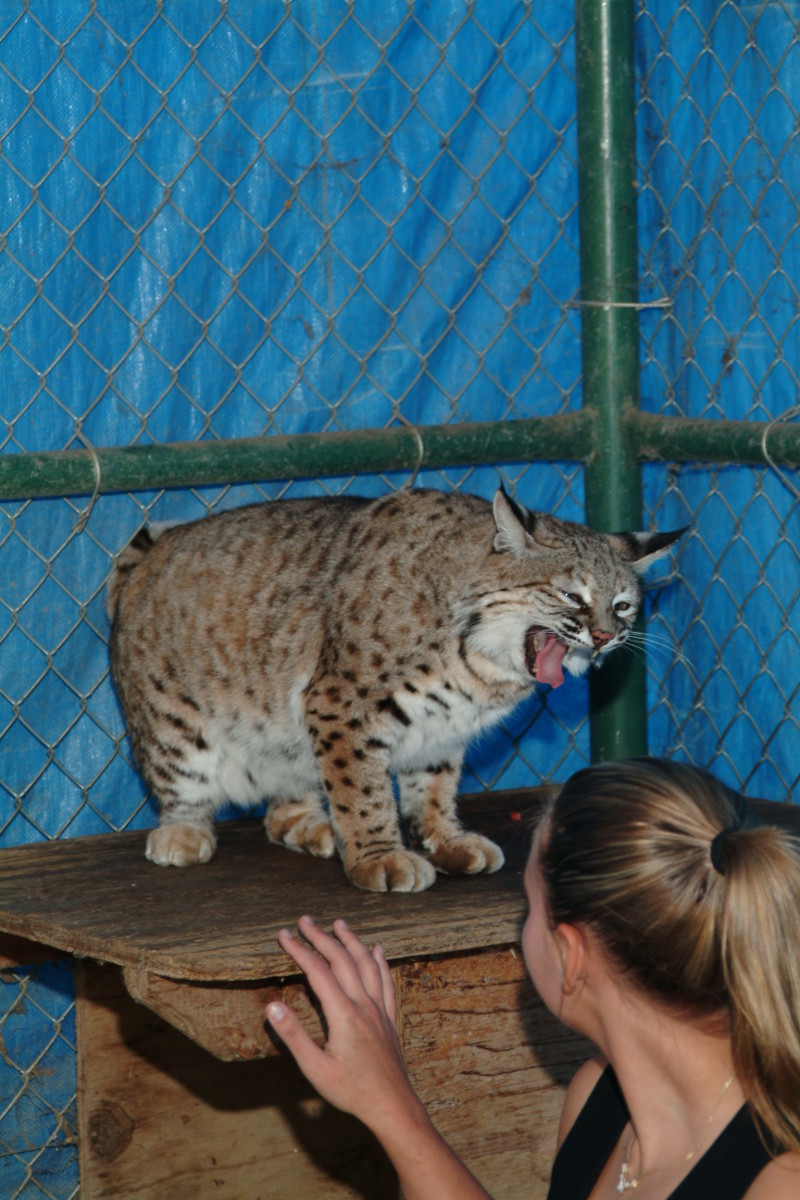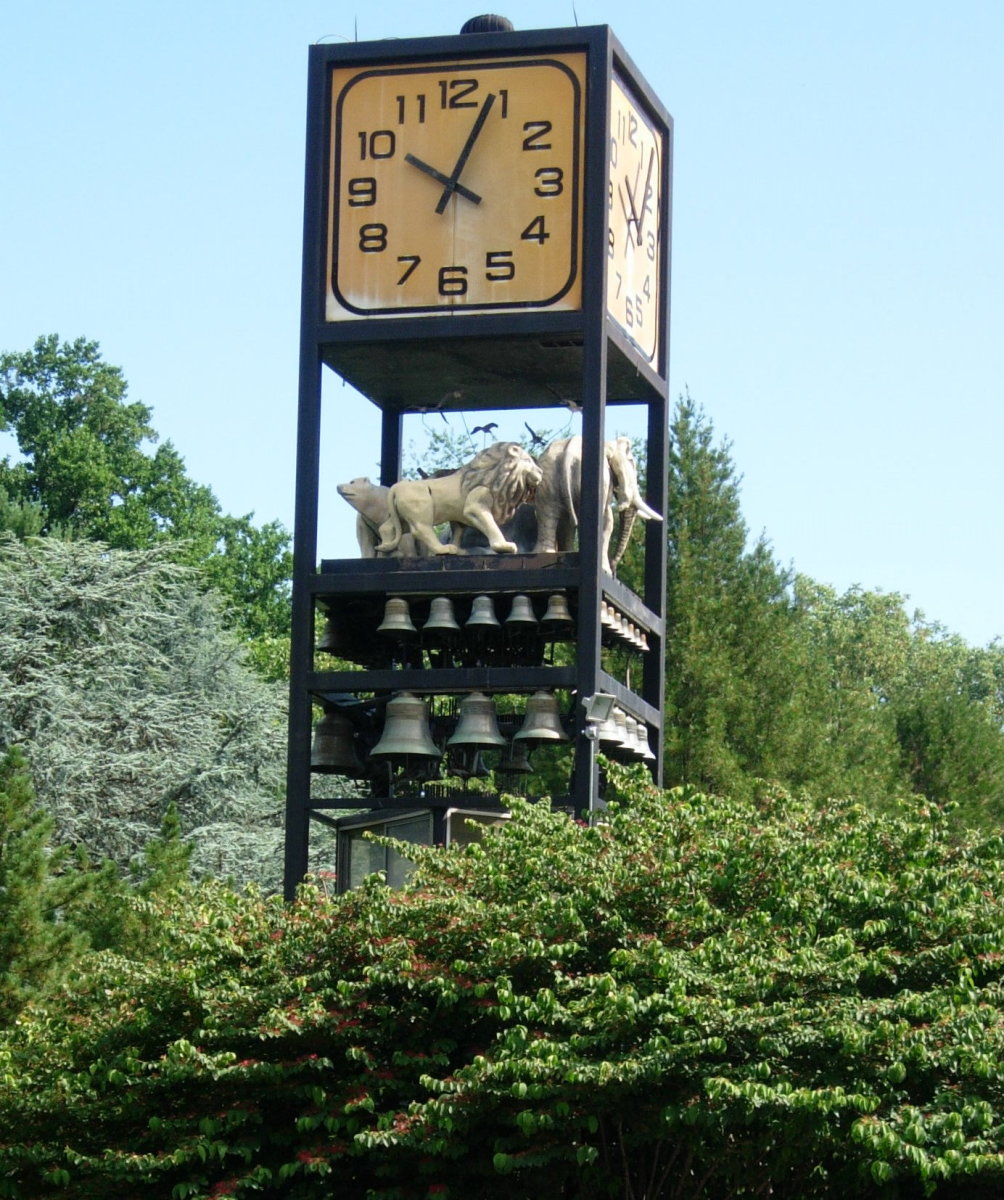The American Buffalo - A Symbol of the West
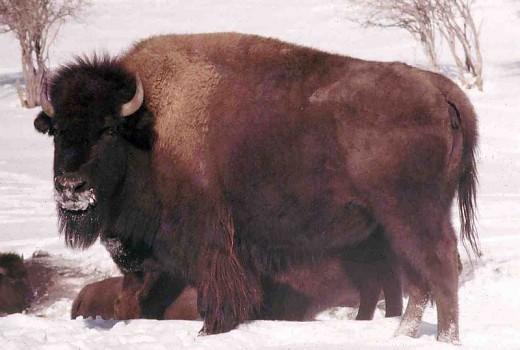
Beautiful Bison
The American bison, also referred to as buffalo (although not a true buffalo), have long been a symbol of the American west, being found all the way from northern Mexico to Alaska. At one time, due to their vast numbers, they covered the plains for as far as the eye could see. Then they were hunted almost to extinction. Today, because of the farming of bison and conservation efforts, their population has grown. While the number of animals is nowhere close to the 50 million animals which once called the North American continent their home, they are no longer considered endangered.
The Bison in History
- The American Indians hunted the buffalo and used every part of the animal. Some tribes followed these animals and relied on them for their sustenance. One bison could provide up to 1,200 pounds of meat.
- European settlers hunted bison, taking only the tongues, hides, and bones leaving the rest of the animal to rot. Sometimes, they were shot from trains simply for sport. American showman Buffalo Bill bragged that in one seventeen month period he'd killed 4,200 animals, These profiteers almost hunted these animals to extinction, with less than one thousand animals left alive by 1893.
- The American Bison Society was formed in 1905. They established preserves and assisted private bison owners.
- The American Bison was commemorated on a nickel produced by the United States mint from 1913 until 1938. The obverse featured the profile of an American Indian. This nickel was discontinued due to the fact that the date wore off very quickly and the coin showed overall excessive wear.
- The state of Oklahoma has chosen the bison as its official state animal.
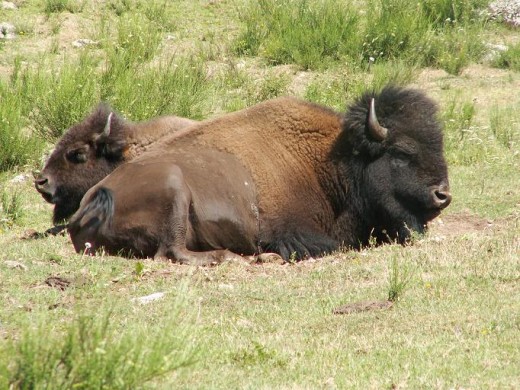
Facts About the American Buffalo
- Bison are known for their short horns and shaggy mains.
- Although they are short, the horns are also very sharp and can be used for both fighting and digging.
- Bison typically are found on the plains and in some river valleys. They live in areas of grasslands, sagebrush, and scrublands.
- These animals are herbivores, living mainly on grass and small shrubs. The herds roamed around in order to find grasses to graze on.
- Bison have poor eyesight, but make up for it with excellent hearing and sense of smell.
- Today, many bison are raised as livestock animals and have been cross-bred with cattle.
- The largest population of plains bison can be found in Yellowstone National park. This herd is free of cattle genes. Also, the fossil record indicates that bison have lived in the Yellowstone area continually since prehistoric times.
- Bison travel in herds, with the females and the young staying together while the males over three years old stay in their own small herd, rejoining the females during mating season.
- The gestation period for a baby buffalo is 270 to 285 days. A bison calf weighs 33 to 35 pounds at birth. The cow (female) bison gives birth to one calf per season.
- Bison like to wallow. This is where the animal rolls around in the ground, creating a saucer like indentation in the ground. The plains used to be full of these wallows.
- Prairie dogs used to make their homes in areas where bison grazed. The grazing bison kept the grass short, allowing the prairie dogs to see approaching threats.
- The bison is the largest animal in North America. Bulls can weigh up to 2,000 pounds while the females can weigh over 1,000 pounds. They can reach a height of over six feet tall at the hump.
- Their only predators are wolves, bears, and humans.
- Their distinctive hump is composed of muscle which is supported by long vertebrae.
- During the winter, the bison sports a shaggy, dark coat. This coat is shed in the spring and replaced with a lighter, short coat.
- They can reach speeds of up to 35 miles per hour.
- Bison are mammals from the family Bovidae.
- Bison are generally very calm, docile animals. However, they can get aggressive if they feel threatened or if a mother feels her calf is in danger.
- The lifespan of a bison is fifteen to twenty years.
- There are two subspecies of bison on the North American continent. These are the plains bison which were found in the American west and Canada's larger wood bison.
